This answers the “Who are you talking to?” question. I break these down:
- Primary audience – Decision makers and those who receive your messaging directly.
- Secondary audience – Influencers or users who do not have decision making responsibilities. These are people that may receive your messaging.
Each primary and secondary target audience must be broken down into a persona. What they think, how they use your product or service, what challenges do they face daily or annually? What attitudes, concerns or criteria drives customers to choose your product or service?
This also includes where they get their information? What do they read, listen to or watch? Where do they go or hang out? Do they use any buzzwords or industry speak? What are their professional goals?
Outlining your primary and secondary audiences will provide valuable insight into who you’re marketing to.
The persona development process can help you assess your target audience persona development much easier. This helps you identify the specific group of people that represent your target audience, and guide marketing and business to design experiences that are relevant for specific persona.
Each persona is a type of person represents, or a representation of, your ideal customer. This typically is based on real data from your existing customers.
When creating personas include demographics, behavior patterns, motivations, goals, and values. The more detailed, the better. This can is the foundations for your marketing tactics and programs. Your messaging and imagery should trigger emotions and actions in these personas. That will ensure an on-strategy tactic. Also look at your SWOT analysis and work the strengths and opportunities into your messaging if appropriate.
Essential information for persona development includes:
- Gender
- Age range
- Job title
- Job function
- Industry or market
- Preferred communication channels
- Customer needs and desires
Persona development can also relate to other areas of business-like product design, branding, marketing, and sales. By understanding persona this way, you will be able to focus on the needs of your persona development which results in them returning to buy products or services from you over time.


